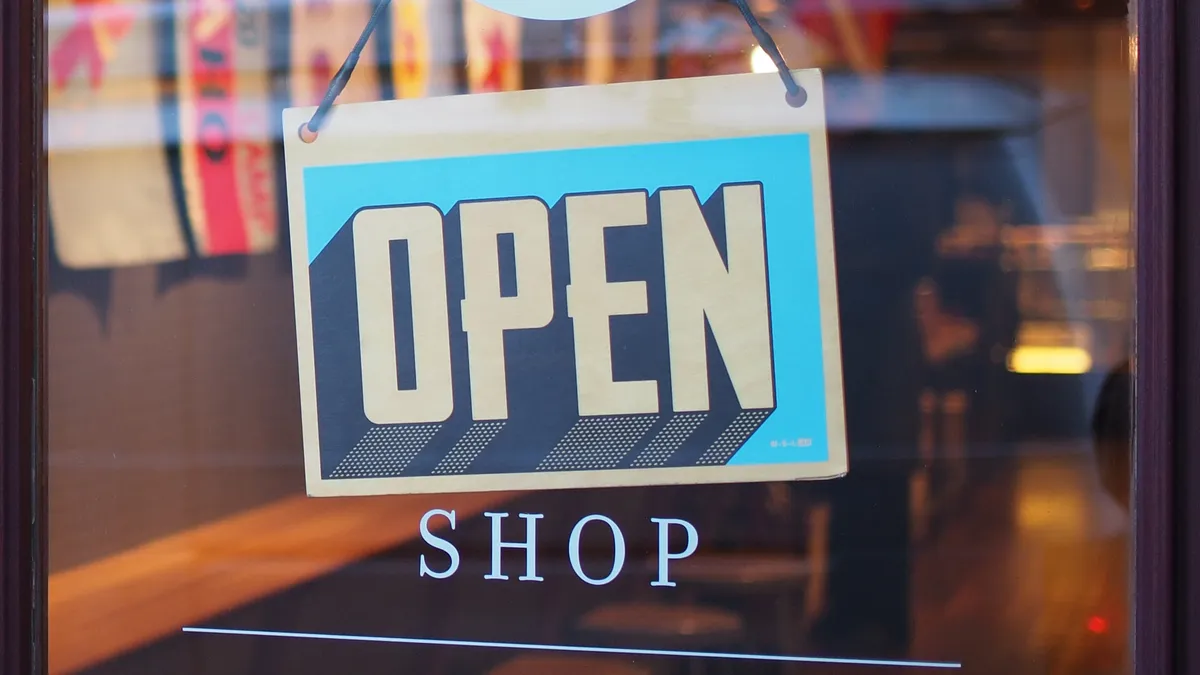Though we may be well into 2018 — and far away from the holiday season — maintaining inventory is still one of the biggest headaches in the retail industry. Unexpected obstacles are scattered throughout the retail supply chain, but there are numerous ways to alleviate them and keep your store well-stocked throughout the year.
Here’s a look at retail’s top nine inventory problems and a few suggestions on how to address them.
1. Warehouse maintenance
This is the most obvious pain point, but also one of the biggest. Owning or renting warehouse space is a costly proposition, and it becomes particularly unwieldy if you’re managing or staffing multiple locations. There are multiple ways to address this pain point, however. Contracting with a third-party logistics provider is an easy way to outsource warehouse operations, getting the whole problem off your hands and potentially cutting costs in the process. Or store your inventory in PODS® containers at a PODS Storage Center, leaving the warehouse maintenance up to them.
2. Booking drivers
Once you’ve got warehouse space, you’ve also got to have a way to get your inventory from that space to your retail store. And with that comes the additional financial and logistical headaches of finding and hiring delivery drivers and trucks. Here’s another case where PODS can ease your pain. With one phone call, PODS will deliver your desired container of inventory from its PODS Storage Center to its new home on the shelf at your store.
3. Tracking inventory
The last thing you need as a retailer is to find out that you’ve got less inventory than you expected. Unfortunately, this still happens entirely too often thanks to human error and the old-fashioned practice of tracking inventory by hand. Inventory management software abounds these days, and it’s the best way to maintain an accurate count of your inventory. You’ll save money and employees’ time, and that sinking feeling of not having the inventory you thought you did will be a thing of the past.
4. Maintaining seasonal inventory
These first three pain points become even more challenging for retail stores who rely on seasonal inventory, such as holiday-oriented retailers. Renting, loading, transporting and storing an entire store’s worth of excess inventory for a full year really takes normal inventory pain points to the next level. So why not just store the excess inventory in PODS containers and allow PODS to handle the transportation and storage from there? It has worked for a long-lived Halloween retailer, whose excess inventory resides in a PODS Storage Center in between trick-or-treat seasons.
5. Overstocks
One survey of retailers, manufacturers and distributors found that a whopping 83% considered overstocks a problem in their organizations. Global supply chain issues were cited as one cause of those overstocks, but another major reason becomes clear when you consider that 60% of those respondents also reported poor inventory forecasting accuracy. Certainly there are age-old options to address this problem, such as liquidating overstock, but modern technology has helped many retailers solve the problem of overstocks before they occur. Inventory forecasting software tracks trends specific to your business, as well as calculating the lead time, safety stock, and reorder point that works best for you. Find a good inventory management program and say goodbye to overstocks.
6. Remodeling
A good remodel can have a transformative effect on a retail store’s business. But the renovation process itself can take a major bite out of profits. Inventory often must be transported offsite and stored to make space for construction work, resulting in lost business hours. But what if you could still store all that inventory on-site, out of the way of renovations but still easily accessible to staff in a closed, secure location? A national restaurant chain did just that; by storing inventory on-site in PODS containers, it didn’t lose an hour of business during its remodel.
7. Stocking a new store
Placing a new retail store’s first order is a stressful process. You’ll want to make sure you order surplus inventory to keep up with the surge of customer interest that a new store often attracts, while also making sure you calculate carefully so as not to have too much overstock. Coordinating numerous shipments and finding a place to store them while putting the finishing touches on your store takes detailed coordination, but here’s another place where PODS can help you breathe easier. A PODS Business Solutions Specialist can help you sort out the logistics of mustering your first round of inventory and finding a secure place to store your shipments either at a PODS Storage Center or in on-site PODS containers.
8. Expediting
That same survey cited above also found that expediting was a common problem for 73% of respondents and 40% of them said that problem was getting worse. Keeping in touch with suppliers to ensure orders arrive as expected can be an incredibly time-consuming process, and it’s yet another area where technology can ease the pain. B2B e-procurement networks are an efficient solution that allows for a streamlined, online connection between your retail store and its suppliers. You’ll be able to keep in touch with multiple suppliers in one place, not only browsing their offerings and placing orders, but also ensuring that their shipments are on schedule.
9. Supply chain issues
Any retail supply chain consists of numerous layers, from suppliers to manufacturers to transporters, and each layer presents an opportunity for pain points. But that means there are also constant opportunities to improve efficiency by modifying existing supplier relationships or building new ones. A proactive attitude is key, and there are multiple ways to keep your supply chain working as painlessly as possible. You can just do your own study of your supply chain to look for inefficiencies, or leverage a supply chain consultant or supply chain management software for some expert perspective. Your supply chain will be moving more smoothly in no time.






